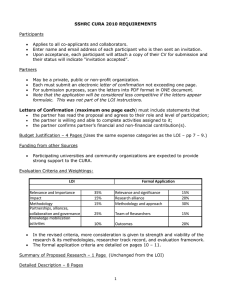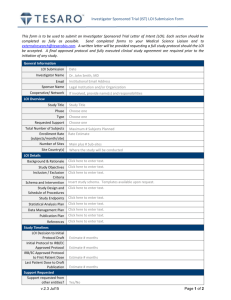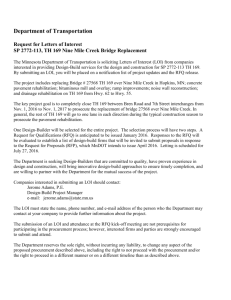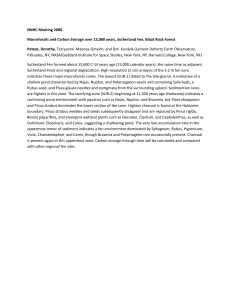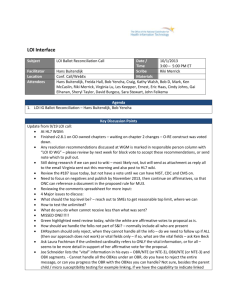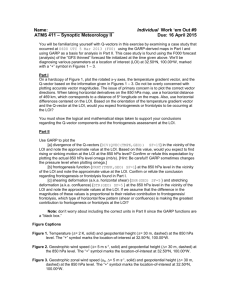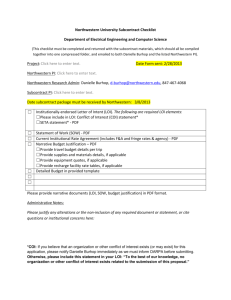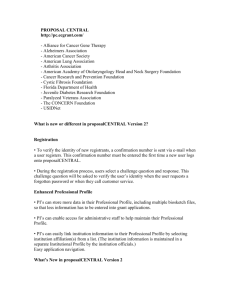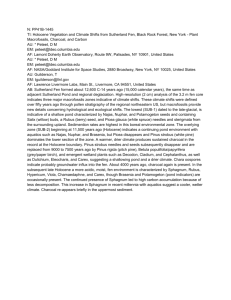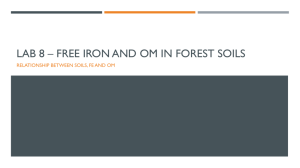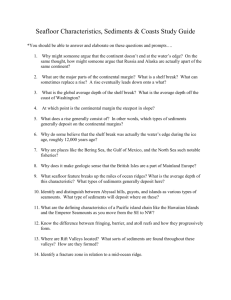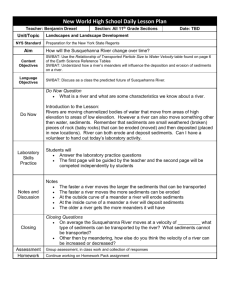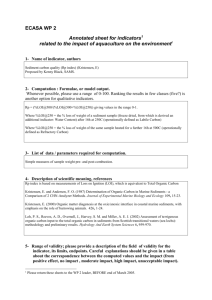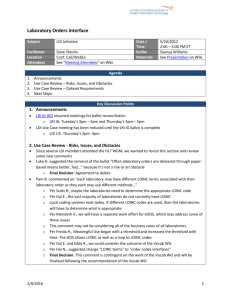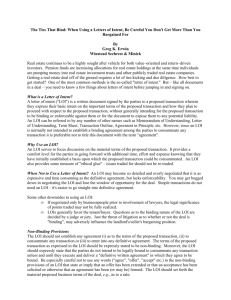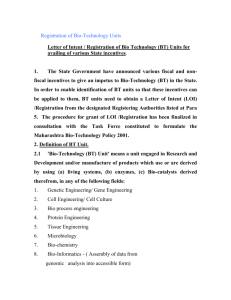AMQUA Meeting 2008 Early Landscapes at the Southern Laurentide
advertisement
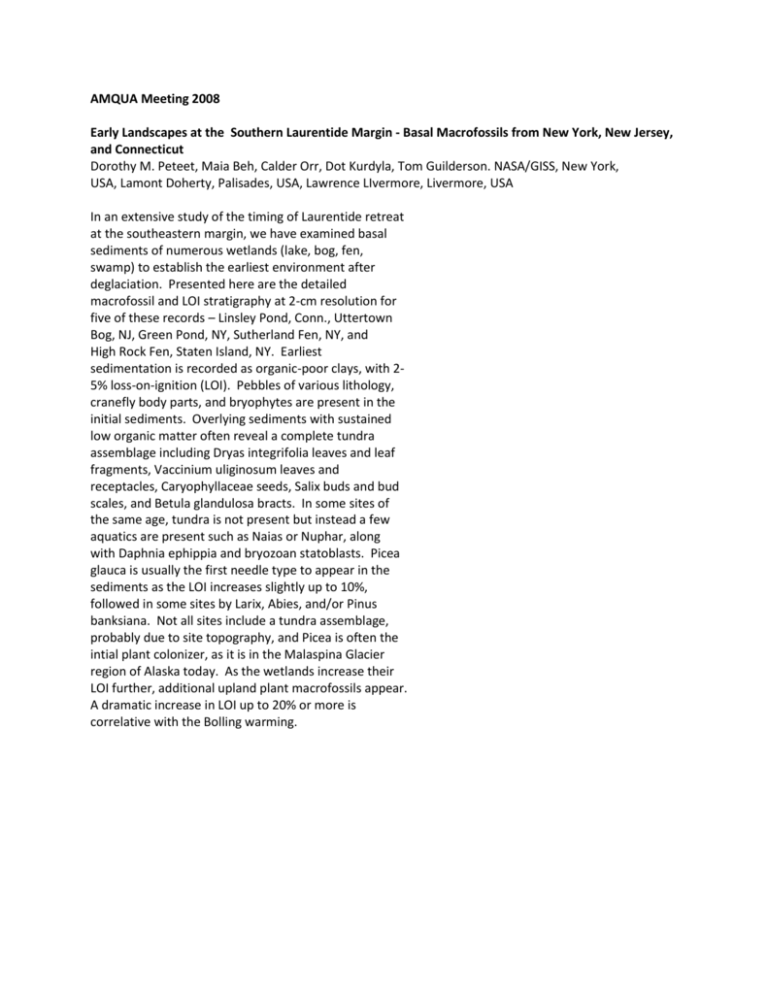
AMQUA Meeting 2008 Early Landscapes at the Southern Laurentide Margin - Basal Macrofossils from New York, New Jersey, and Connecticut Dorothy M. Peteet, Maia Beh, Calder Orr, Dot Kurdyla, Tom Guilderson. NASA/GISS, New York, USA, Lamont Doherty, Palisades, USA, Lawrence LIvermore, Livermore, USA In an extensive study of the timing of Laurentide retreat at the southeastern margin, we have examined basal sediments of numerous wetlands (lake, bog, fen, swamp) to establish the earliest environment after deglaciation. Presented here are the detailed macrofossil and LOI stratigraphy at 2-cm resolution for five of these records – Linsley Pond, Conn., Uttertown Bog, NJ, Green Pond, NY, Sutherland Fen, NY, and High Rock Fen, Staten Island, NY. Earliest sedimentation is recorded as organic-poor clays, with 25% loss-on-ignition (LOI). Pebbles of various lithology, cranefly body parts, and bryophytes are present in the initial sediments. Overlying sediments with sustained low organic matter often reveal a complete tundra assemblage including Dryas integrifolia leaves and leaf fragments, Vaccinium uliginosum leaves and receptacles, Caryophyllaceae seeds, Salix buds and bud scales, and Betula glandulosa bracts. In some sites of the same age, tundra is not present but instead a few aquatics are present such as Naias or Nuphar, along with Daphnia ephippia and bryozoan statoblasts. Picea glauca is usually the first needle type to appear in the sediments as the LOI increases slightly up to 10%, followed in some sites by Larix, Abies, and/or Pinus banksiana. Not all sites include a tundra assemblage, probably due to site topography, and Picea is often the intial plant colonizer, as it is in the Malaspina Glacier region of Alaska today. As the wetlands increase their LOI further, additional upland plant macrofossils appear. A dramatic increase in LOI up to 20% or more is correlative with the Bolling warming.
